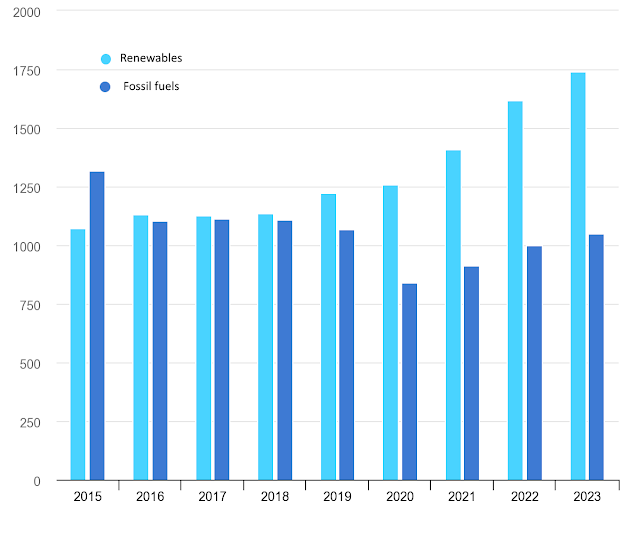The price of crude oil that went up by nearly 10% in the last few days, remained just above $90 as the markets closed for the weekend.
As the analysts blamed the rise in price of crude oil on the production cuts - announced and then extended until the end of this year - by Saudi Arabia and Russia, Prince Abdulaziz bin Salman, the Saudi energy minister, justified the move this week.
"It is not about jacking up the prices," said Prince Abdulaziz, while adding, "it's about making right decisions that are right when we have the data."
The Saudi oil minister did not agree with the perceived notion that the Saudi move is all about earning petrodollars to fund the ambitious domestic projects at the expense of the global economy.
Prince AbdulaziZ, during his interview this week, meanwhile, singled out the IEA, International Energy Agency, for criticism that bordered on subtle mockery: "The agency has moved from being a forecaster to on practising political advocacy," said he, in response to the latest communique from the IEA.
The IEA forecast a slower than previously reported demand growth for 2024 due to tighter efficiency standard of energy transition and post-pandemic recovery.
Of course, there has never been any love lost between the IEA and the key members of the OPEC+ for obvious reasons: the former sees the demand for oil peaking within a decade while advocating the need of turning to renewable sources; the latter in turn accuses the former for causing the downfall of investments in the oil and gas sector.
The supply woes in the oil markets were dealt yet another blow this week with Russia suspending the export of diesel and gasoline to the international markets, citing the need of stabilizing the domestic price of the commodities in question.
As the news broke out, the price of crude oil that had fallen by $4 in the markets on Thursday, rose again to $90 a barrel, despite Russia's assurance that the measures would be temporary.
The production cuts and the suspension of the sale of diesel and gasoline are not without risks; Russia is losing revenue in exact proportion to the cuts, when it really needs oil revenues to sustain the ongoing war with Ukraine. Saudi Arabia is in the same predicament too - losing petrodollars in proportion to the existing production cuts.
With the rise in oil price, the fears over the inflation and interest rate hikes have come back to haunt policymakers of the major Western countries.
The prices at pumps, for instance, have already gone up in the US too, leaving the Biden administration in a state of limbo, as the diplomatic moves involving Saudi Arabia over the production cuts have very little room for maneuver at a time, when the US is heavily involved in making a deal between Saudi Arabia and Israel to start diplomatic relations.
President Biden appears to be treating it as a major policy victory before the presidential election next year that is on a par with President Trump's impressive Abram accords.
Since the US chose to walk a diplomatic tight rope while handling Saudi Arabia, it is unlikely Saudi Arabia coming under any pressure to reverse the production cuts in order to stabilize the global oil prices.
Investors and analysts, meanwhile, are analyzing the available data to see whether the two key members of the OPEC+, Russia and Saudi Arabia, are really sticking to the production cuts at a crucial time, when there are plenty of headwinds whirling the global economy as a whole.









